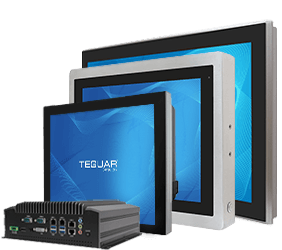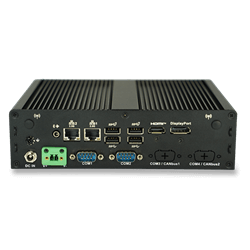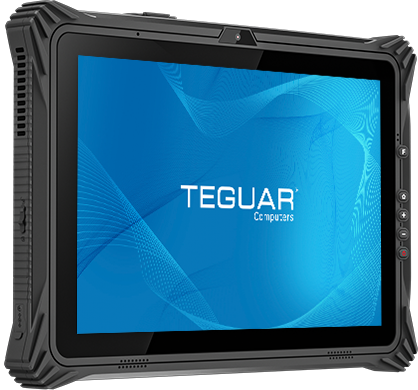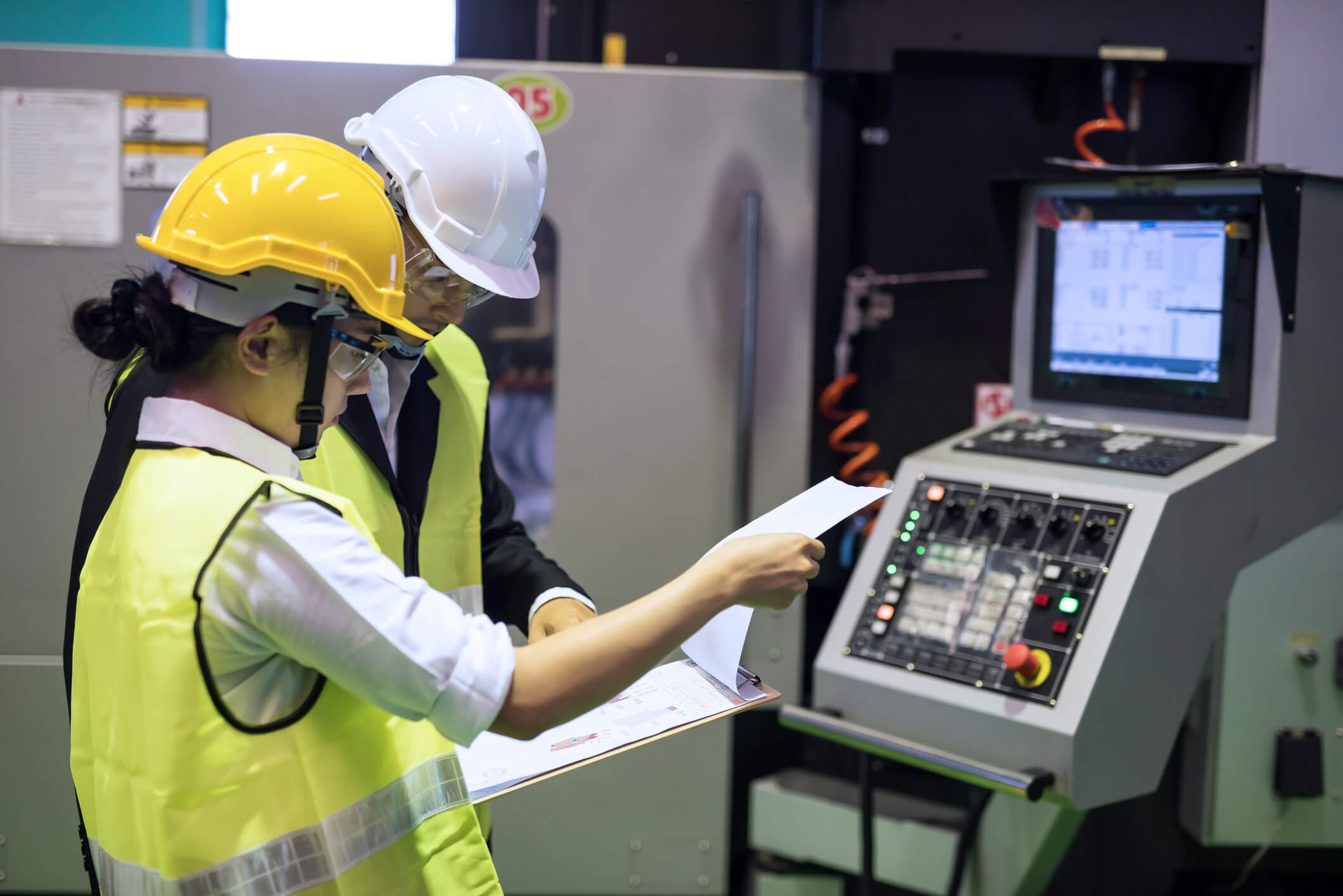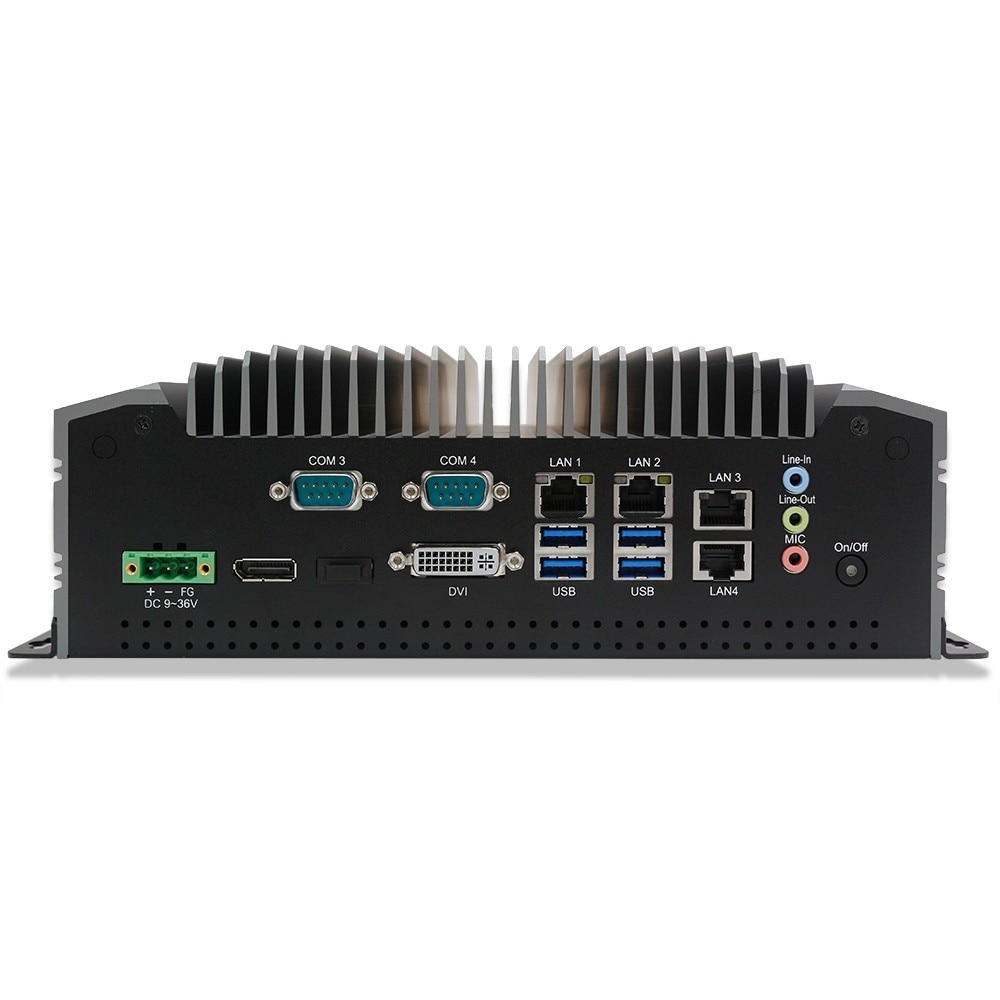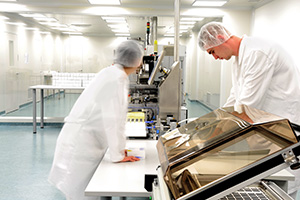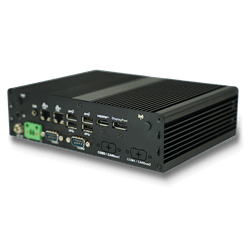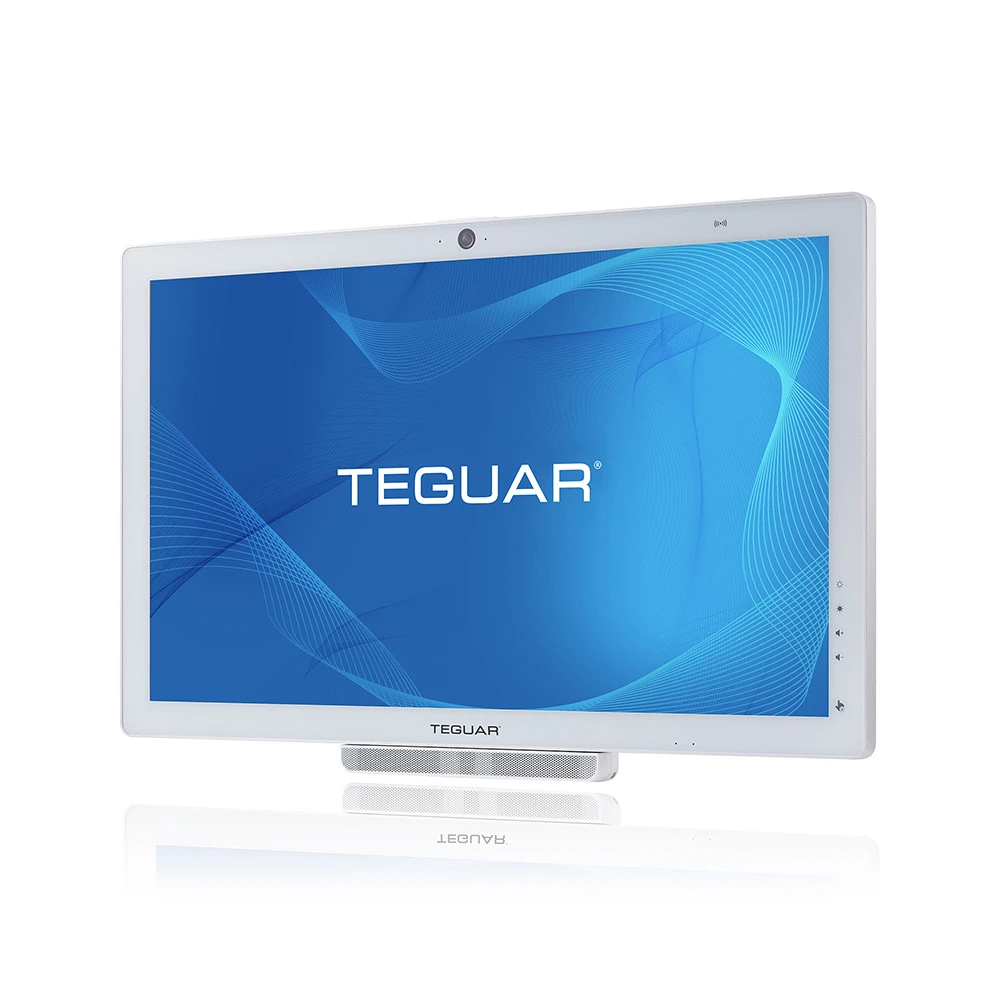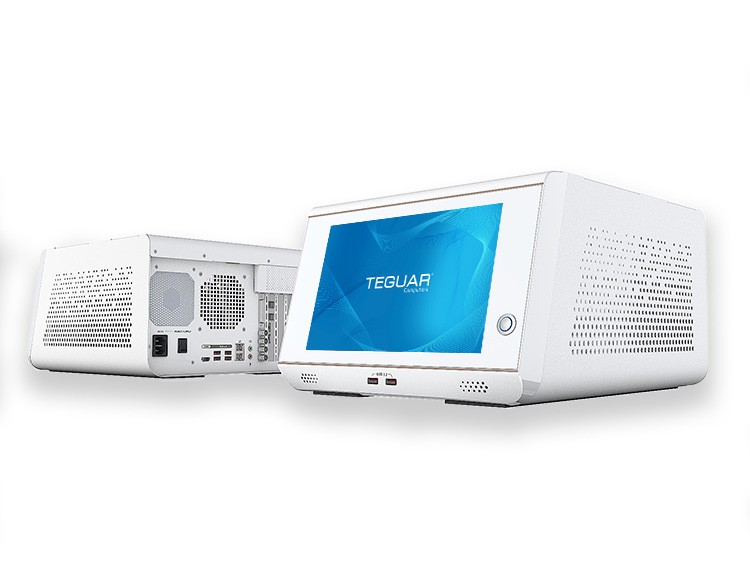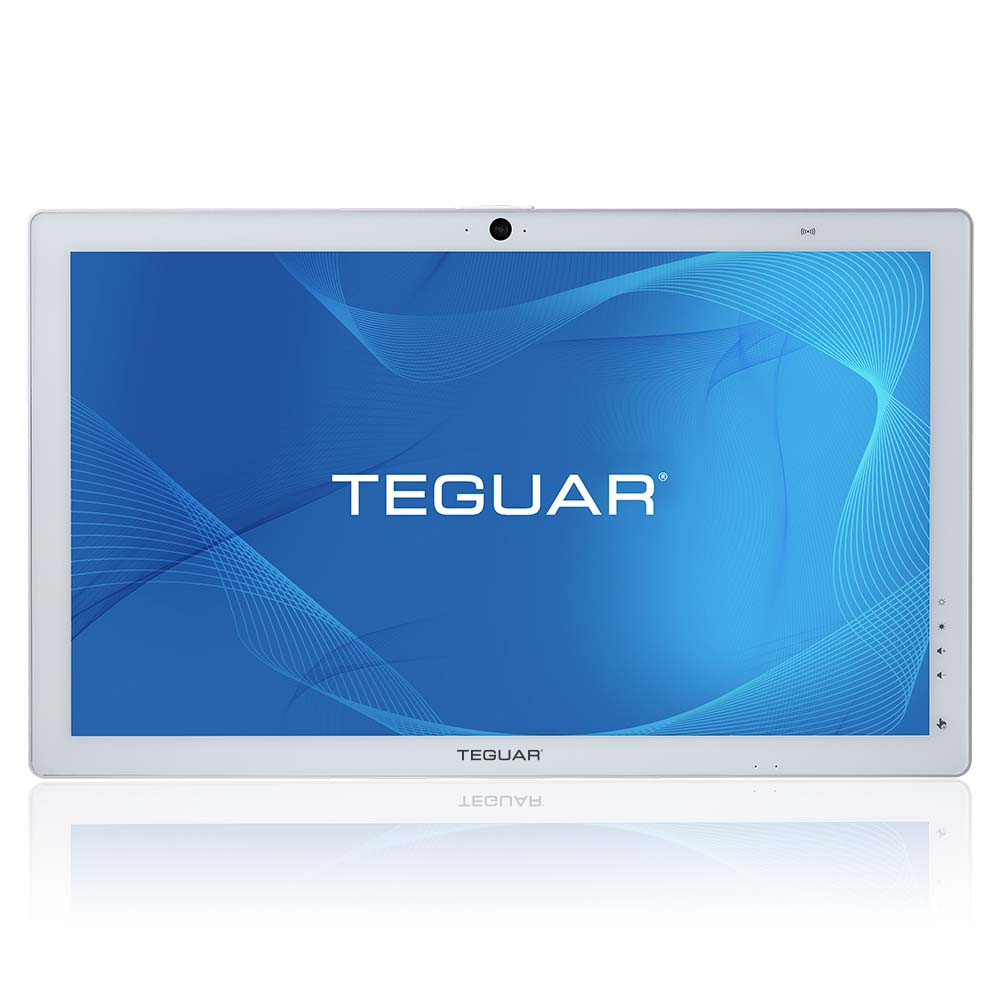What is eMMC?
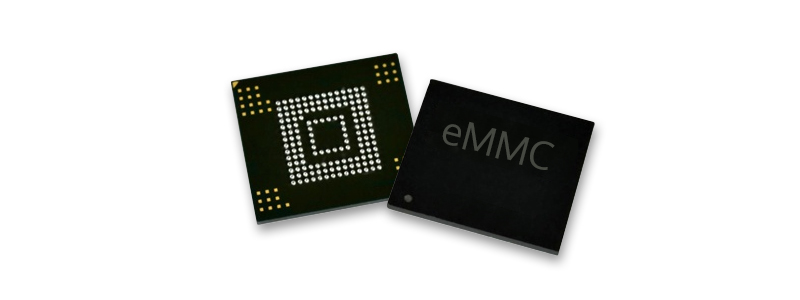
eMMC stands for embedded Multi Media Card. It is often used in rugged tablets, handhelds, smartphones and wearable technology, as it is the smallest form factor and lowest cost solution for storage.
An embedded Multi Media Card is different than other types of storage because it is directly connected (embedded) to the motherboard. Below you can see how the eMMC is directly mounted onto a motherboard. eMMC comes in a BGA (Ball Grid Array) package that has to be installed during SMT (Surface Mount Technology) production of the motherboard. This makes upgrading storage very difficult, but with proper equipment, it is possible to desolder and resolder BGA packages back to a PCB. New versions of EMMC called EMCP now incorporate the EMMC IC with LPDDR RAM to make it more efficient.
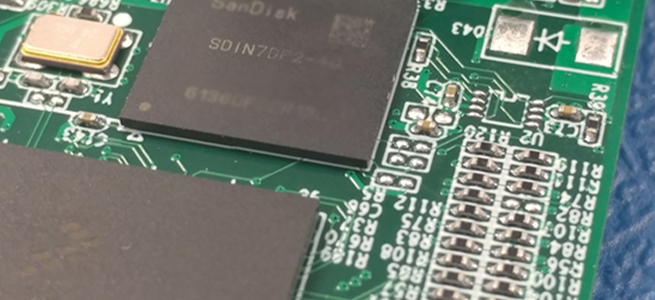
Adoption of eMMC has increased as performance and cost effectiveness had improved. eMMC capacities range from 1GB up to 512GB, with Teguar computers and tablets usually falling between 32GB and 128GB. This storage solution is also a low-power consumption storage solution, making it attractive for embedded and IoT applications. Industrial eMMC may come at a slightly higher price point than consumer eMMC, but industrial eMMC can have a more endurance and speed and a wider operating temperature range.
The latest standard is set by JEDEC and is currently e.MMC v5.1. eMMC which regulates everything from mechanical dimension of the chip to performance.
eMMC Pros:
- Small form factor which reduces footprint & weight
- Lower Cost
- Low Power consumption
- Consistent performance improvements
eMMC Cons:
- Slower speeds
- On board memory so cannot upgrade storage size easily
- Limited storage capacity per IC
See some of Teguar Computers with eMMC storage type:
To learn more, see our blog Industrial Computer Memory Types Explained, or Contact Us to discuss your project.


